Famous names
Maybe you've heard a name and want to start there?
If you're looking for music for swing dancing, start with jazz!
We have Spotify playlists that'll get you started. But if all that is a bit overwhelming...
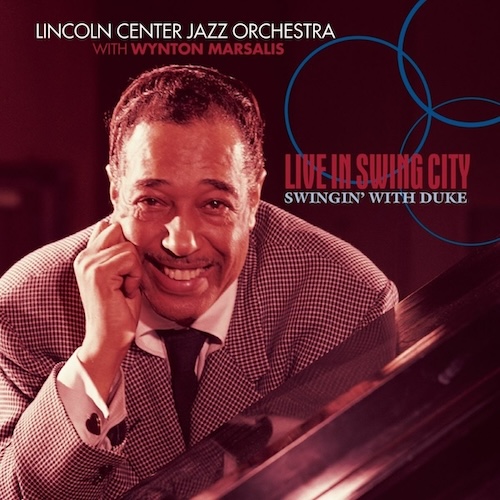
You could start with a contemporary band:
Live In Swing City: Swingin' With Duke (1998) Lincoln Centre Jazz Orchestra with Wynton Marsalis.
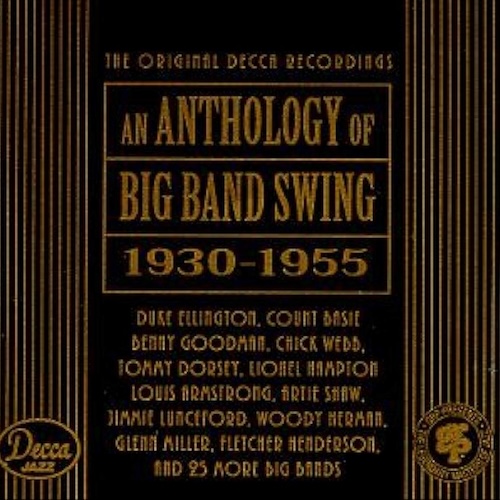
Or you might go straight to the swing era:
An Anthology of Big Band Swing 1930-1955 - the Original Decca Recordings (1993) Various artists.
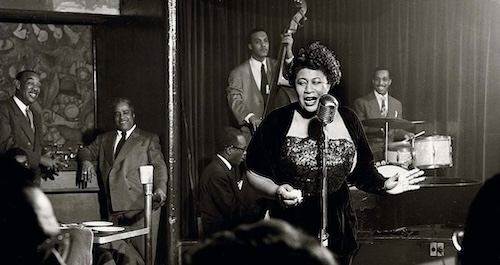
Maybe you've heard a name and want to start there?

Or perhaps you're curious about how jazz changed over time?

Lindy hop and swing music have their roots in the late 1920s, and many dances of the era are popular with dancers around the world today. The 1920s saw the rise of big bands, yet the most exciting music of the era was played by small bands.
It feels good to dance 1920s dances (like charleston and black bottom, and the earliest lindy hop) to jazz era recordings.
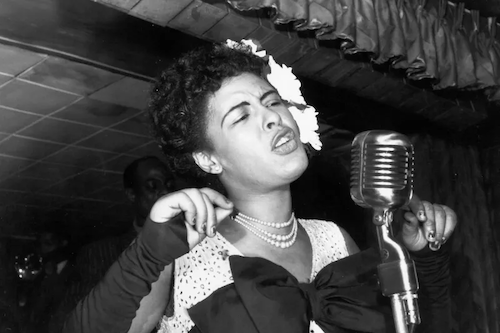
Swinging jazz was the popular music of the 30s and 40s. Young lindy hoppers of Harlem like the Whitey's Lindy Hoppers would go out to dance to big bands in ballrooms every night. But dancers would also be dancing to smaller bands in bars and at house parties.
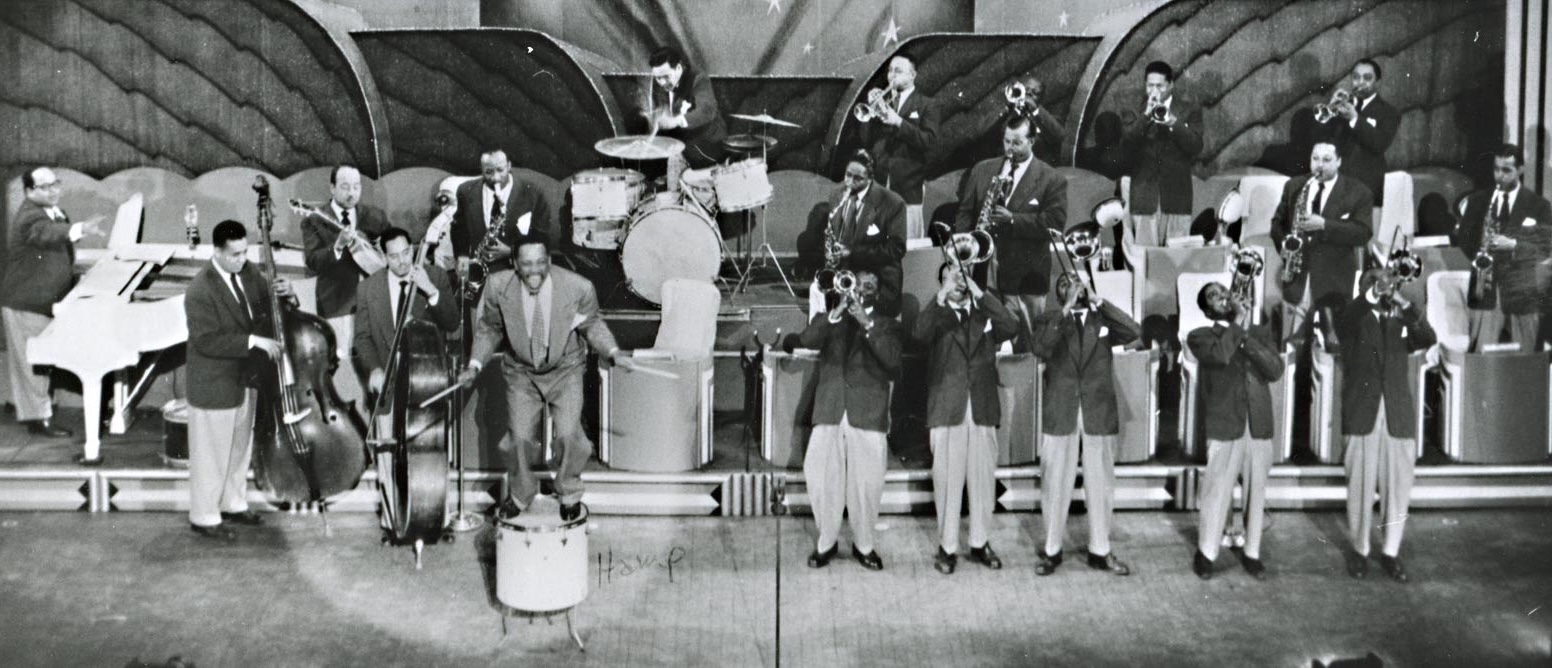
Still very popular, swinging jazz is joined by early jump blues and the beginnings of bebop.
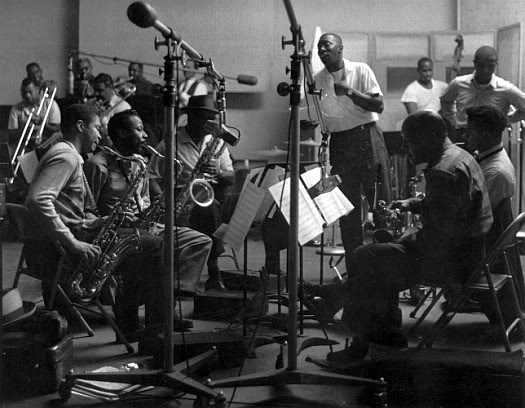
Though rock and roll was sweeping the world, jazz was still healthy in the 50s and 60s. Big Bands like Basie's and Ellington's were still playing to packed theatres, and smaller combos were exploring newer, groovier styles and bebop.
Frankie Manning was a big fan of swinging out to big and small bands of this period.
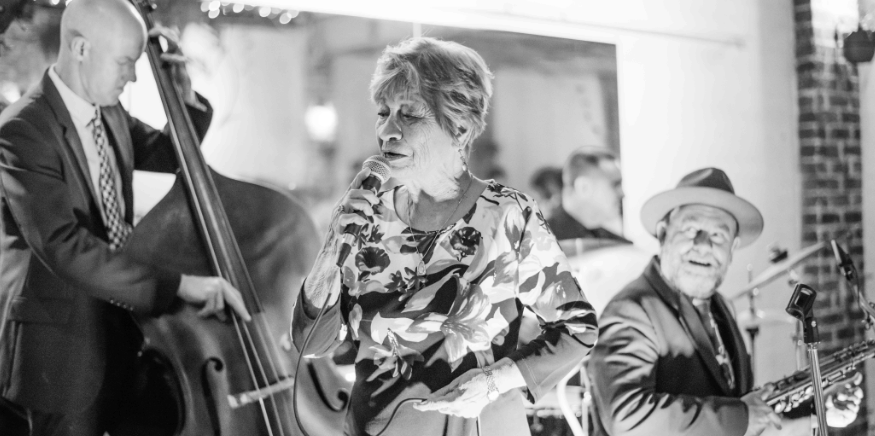
There are many bands playing great jazz today, recreating historic styles, or composing their own songs.
Bandcamp and the band line ups for dance events are great resources.